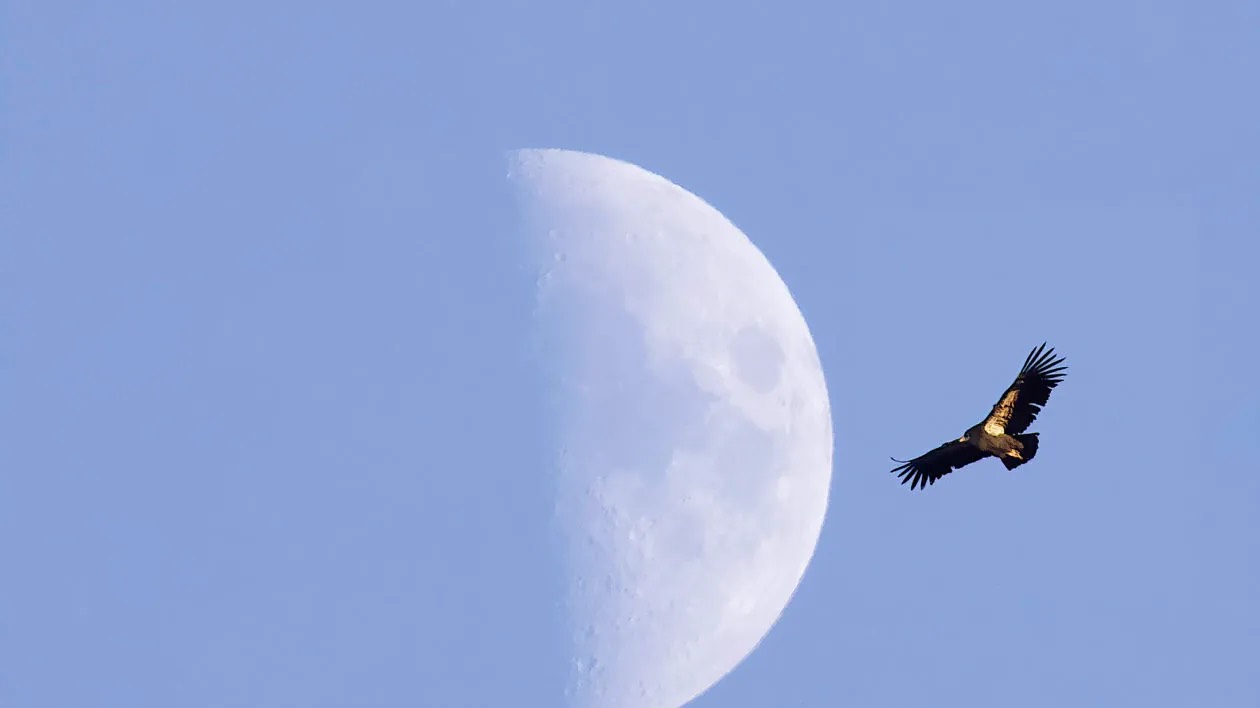
The bus driver apparently heard our conversation about California condors. “I saw one on the way up here, just sitting on a tree,” she offered.
We were on a family vacation to Zion National Park, riding the shuttle bus that kept this park road free of cars. And we were looking for condors. For the past few years, condors had nested in Zion, although the rare birds attracted surprisingly little attention from national park visitors.
For our family, a condor sighting would be a trip highlight. We knew that the birds had nested in the canyon we were currently visiting. We had seen a few people with spotting scopes earlier. It seemed promising.
We watched intently out the bus window, but the condor had moved from its earlier perch. Still, we hopped off the bus at the next stop and began an impromptu condor quest.
Even the chance to see a condor is a bit of a conservation miracle.
These large scavengers once ranged over much of North America, where they fed on the carcasses of Pleistocene megafauna. But a familiar list of culprits – hunting, egg collecting and habitat destruction among them – put the bird on the Endangered Species List. By the mid-1980s, only 27 condors remained.
In 1987, the Condor Recovery Plan took a drastic action: It removed the remaining 27 California condors from the wild and placed them in a captive breeding program. This was not, to put it mildly, a popular decision. The usual suspects considered it yet another example of foolish government spending. The bird was doomed, they screeched, so why dump money into keeping it on life support? An entirely predictable response from the anti-environment crowd.
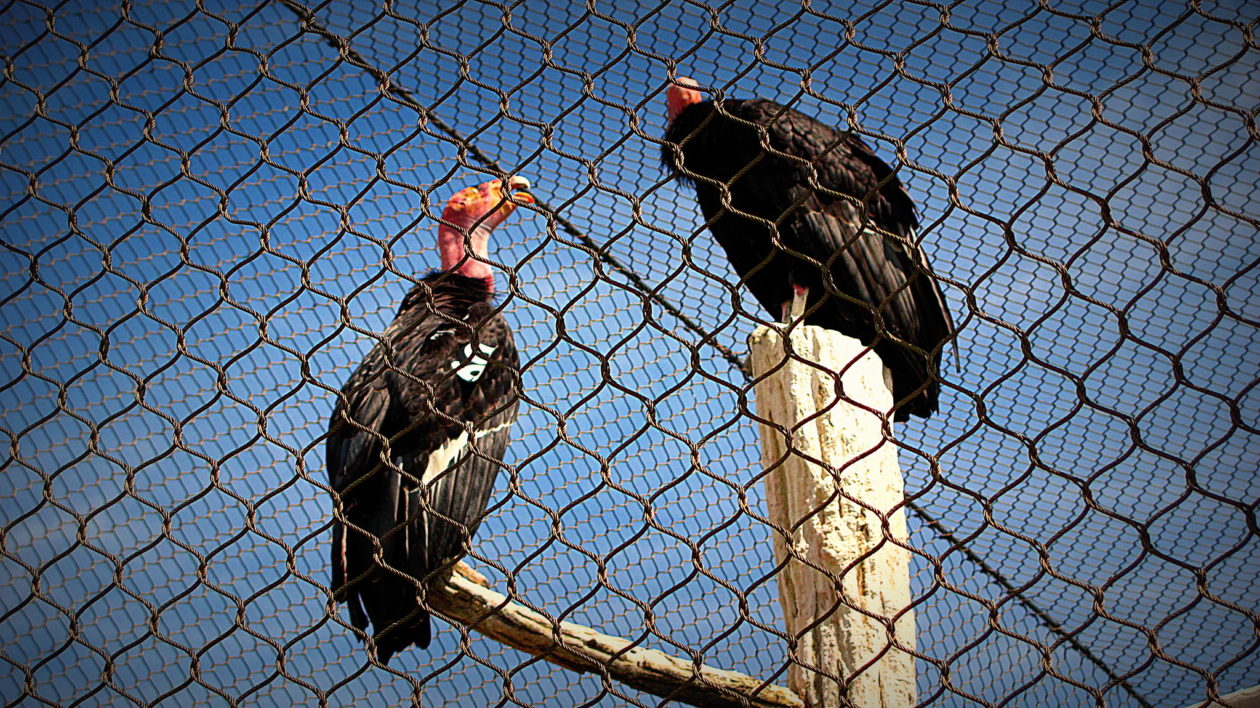
But many conservationists were equally dismayed. They considered the removal of wild birds to be an admission of defeat. Why not allow the birds the dignity of extinction in the wild, this argument went. They, too, saw no real future for wild condors.
They were wrong.
Federal and state agencies worked with zoos and the Peregrine Fund on a captive breeding program. It worked. The first condors were released back into the wild in 1992. Today, they are found in parts of Arizona, Utah, California and Mexico. They breed successfully in captivity and in the wild. In fact, in 2019 the 1,000th chick hatched since the recovery effort began, coincidentally in Zion National Park.
California condors still face enormous challenges. One of the most significant is lead poisoning. When a hunter kills a deer or elk with a lead bullet, the bullet fragments in the carcass. Gut piles left behind are fed on by condors.
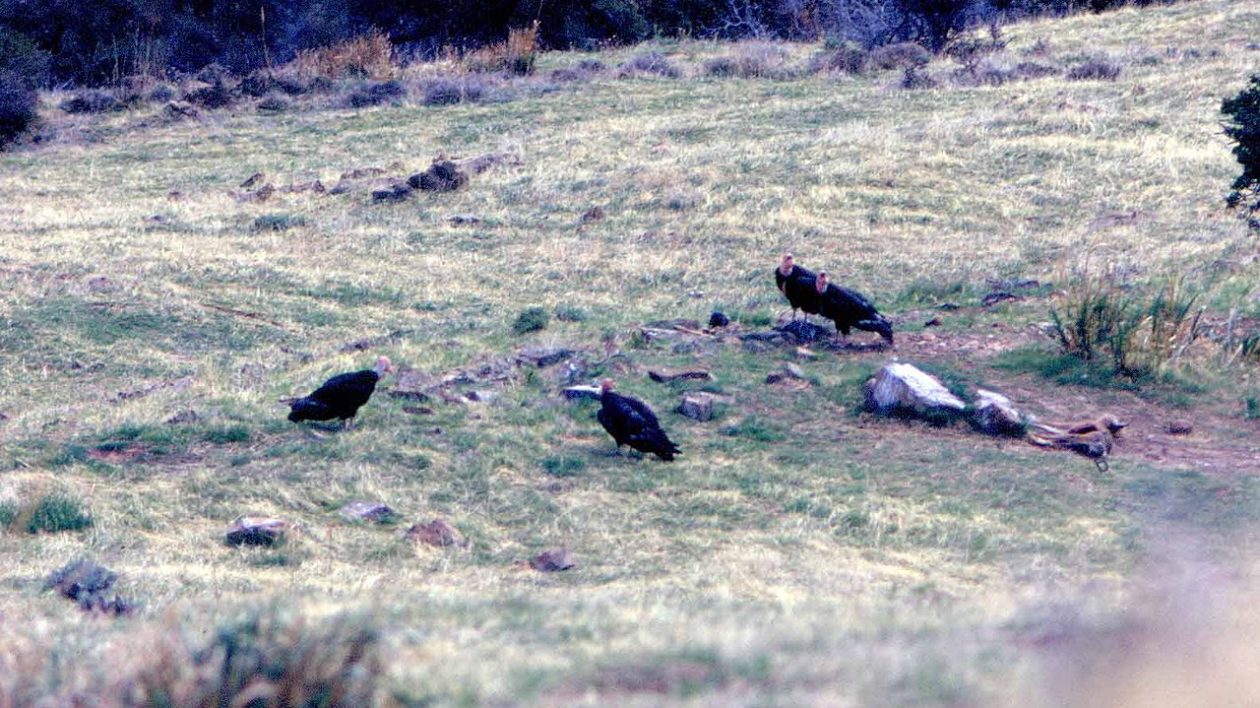
Despite the availability of superior, non-toxic copper rifle ammunition, many hunters have been slow to embrace change and have fought efforts to ban lead ammunition. As a hunter myself, this anti-conservation stance is infuriating – and perhaps best left for a future story.
Still, condors will nest and the canyon habitat is there, especially in national parks and other public lands in the western U.S. states. Many thoughtful hunters and conservationists are working to end the use of lead.
More than 275 California condors now live in the wild. This month, the Peregrine Fund and partners will release more condors at Arizona’s Vermillion Cliffs National Monument.
Condors have a future.
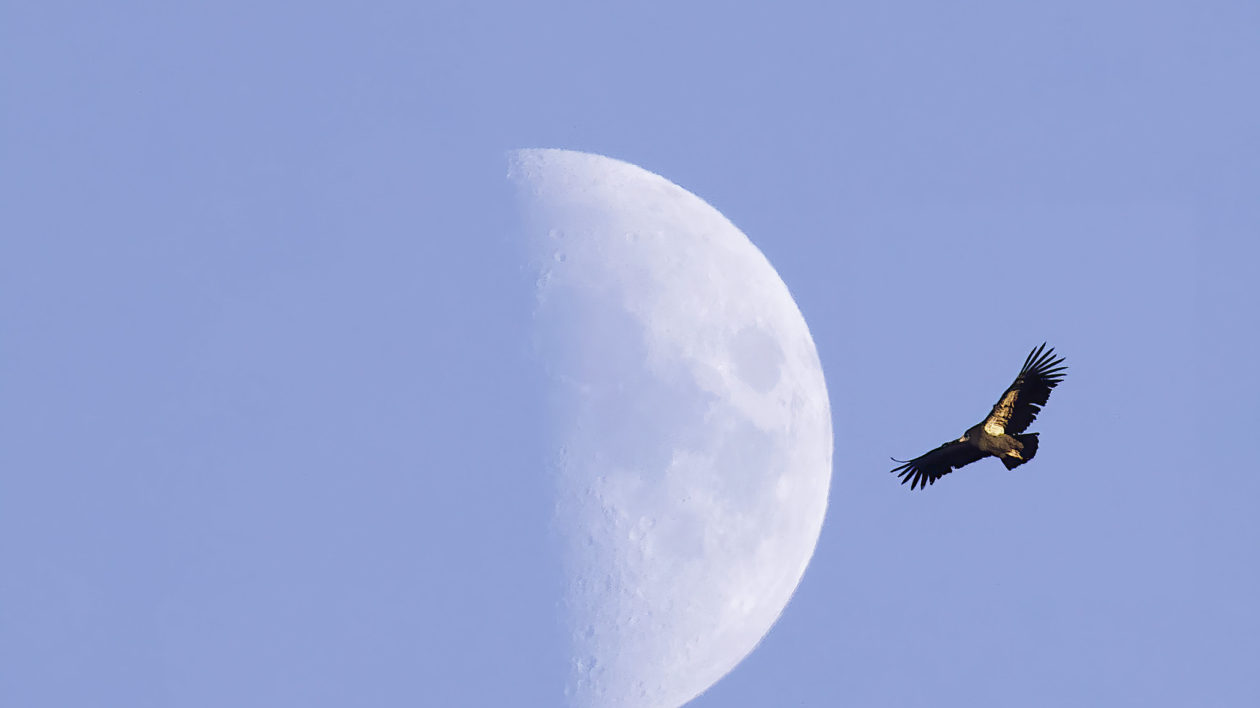
After disembarking the bus, we looked up to the canyon walls, scanning intently for condors. Initial excitement at seeing large, dark birds quickly faded. There were turkey vultures everywhere. Would we be able to tell the difference?
My wife, Jen, and her mom, Connie, decided to stay put and scan the canyons with binoculars. I suspect my mother-in-law wondered about this latest adventure. She’s not a birder by any means. Still, she’s usually game for one of our nature activities, whether owling around the family farm or searching for wolves and bears in Yellowstone.
My 7-year-old son, Derek, and I took a walk, searching as we went. Derek is, perhaps unsurprisingly, a database of weird nature facts. He also has an eye for critters, regularly observing insects and hummingbirds around our backyard. But, like most kids, his attention for prolonged outdoor activities can vary. He might get bored and want to play pretending games after 10 minutes. Or he can focus on a tidepool or a fishing pond for hours.
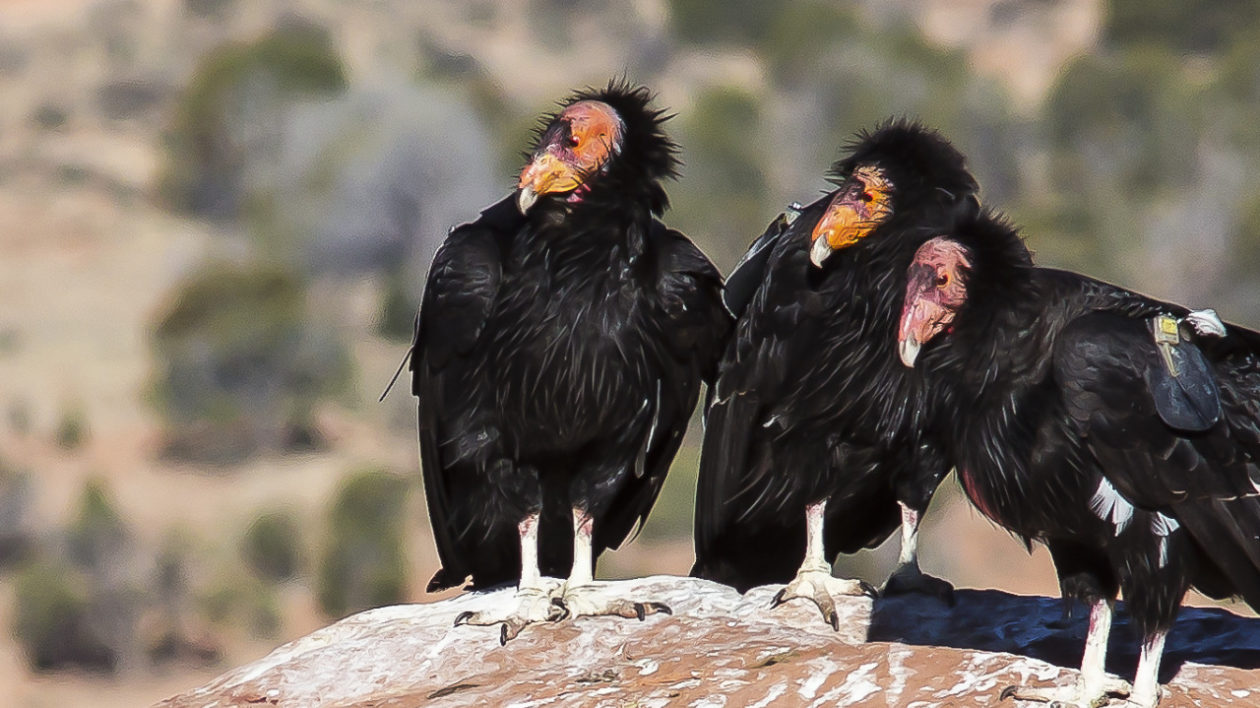
Today he was intent on the condor. Every vulture elicited excitement. An offhand remark, made a few days earlier in jest, that he could get a condor stuffed animal if we saw one no doubt helped.
As for me, I love searching for rare and unusual wildlife. I enjoy any time outdoors, including wandering aimlessly, but I find having a critter goal to be one of life’s great joys. I’m at my happiest when there’s an unusual animal to see or a weird fish to catch.
Just looking was enough. The possibility of a sighting kept me present, alert.
Despite, the popularity of Zion, we had this stretch of canyon largely to ourselves. An occasional group of bicyclists passed by, seemingly oblivious to our intent searching and binoculars. There are many ways to enjoy nature. Most people come to national parks for the scenery, not the birding. We could enjoy a search for one of North America’s rarest birds in relative solitude.
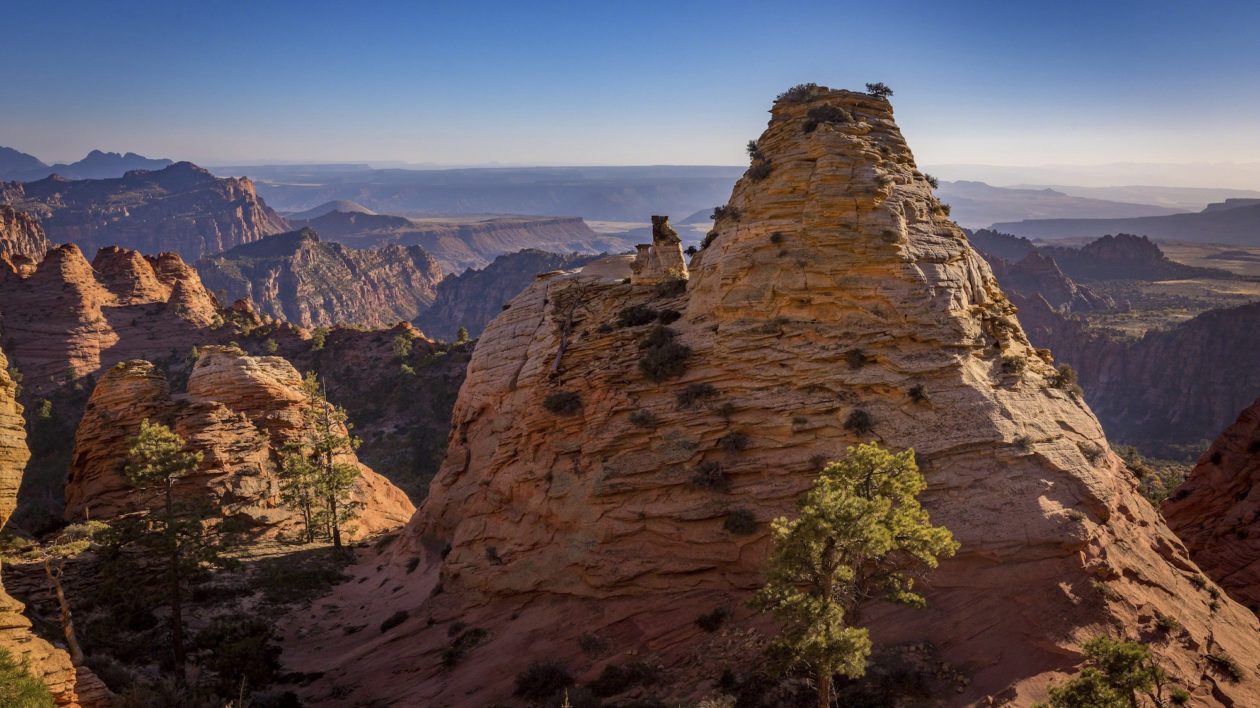
Nonetheless, standing beneath the immense, breathtaking canyon walls of Zion, finding a bird – even a very big one – seemed like finding the proverbial needle in the haystack. Still, we looked, our eyes pausing at each vulture.
And then: a shadow. A big shadow. Or was that wishful thinking?
“Dad, did you see that shadow?” Derek asked.
I saw it. We both looked at each other and then shrugged. “Probably a vulture,” Derek said.
And then we heard Jen excitedly calling us. “Condor!” she yelled.
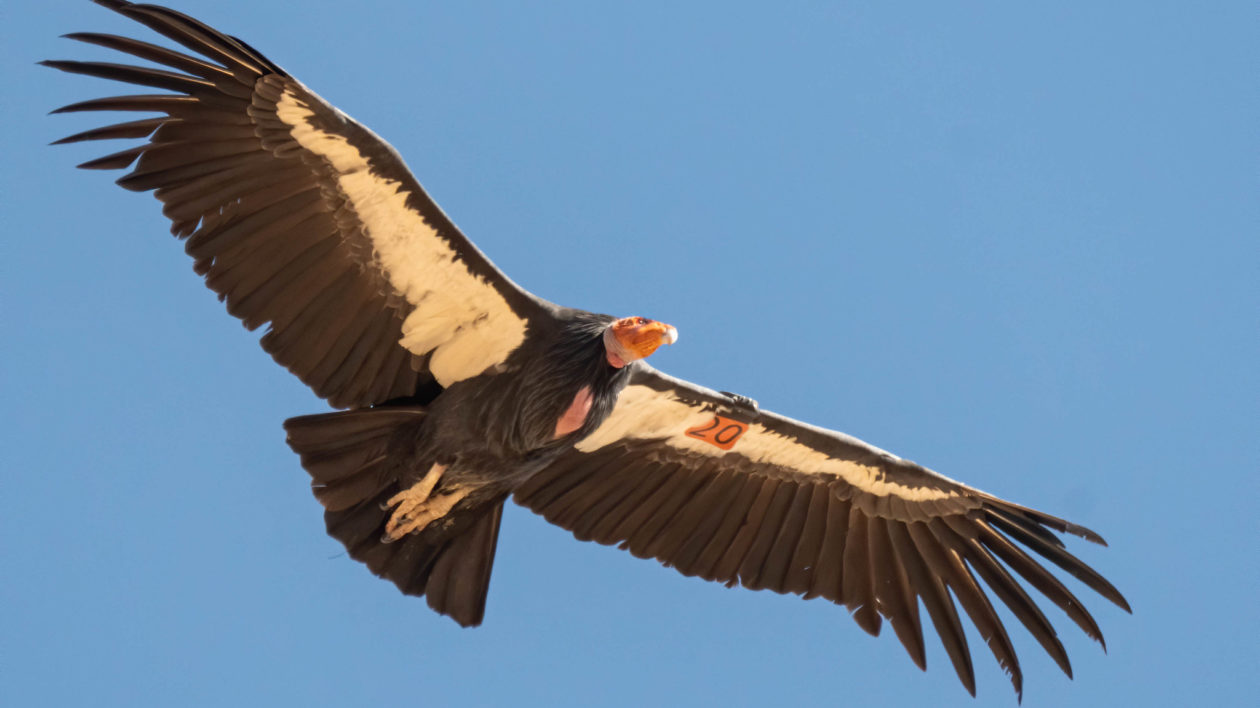
It’s human nature to get more excited over the rare and the unusual. Avid birders often deride common backyard species as “trash birds,” as ornithologist Lauren Pharr recently wrote in Cool Green Science. Most avid listers wouldn’t get excited over a northern cardinal, despite the bird’s obvious beauty. If a cardinal was found only on a mountain peak in the Andes, enthusiasts would spend thousands for a brief glimpse.
But this search for rarity can have a dark side, summed up by the phrase “see it before it’s gone.” The idea is to see rare animals before they disappear forever. Martin Painter, in his provocative book Birding in An Age of Extinctions, tells of birders rushing to isolated forest fragments to see the last birds of their species. See them now, these birders are essentially admitting, because future generations won’t be able to.
I find this type of wildlife tourism to be unappealing and dreary. I see no triumph is spotting a species soon to be extinct, only despair.
I’d like to propose a different category of rare wildlife watching. Instead of “see it before it’s gone,” try this “see it because conservation works.”
This is focusing on rarities that, a generation or two ago, you would have been unable to see. Conventional wisdom would have suggested these species would soon be lost forever. But they’re not gone. Because effective, science-based conservation does actually work.
I count some of my most treasured sightings in this category. Spotlighting black-footed ferrets – an animal that was declared extinct during my lifetime – along Route 66. (They weren’t quite extinct, and also benefited from captive breeding). Ferrets face big challenges, for sure, but seeing free-roaming ferrets a few feet away is something I once thought impossible.
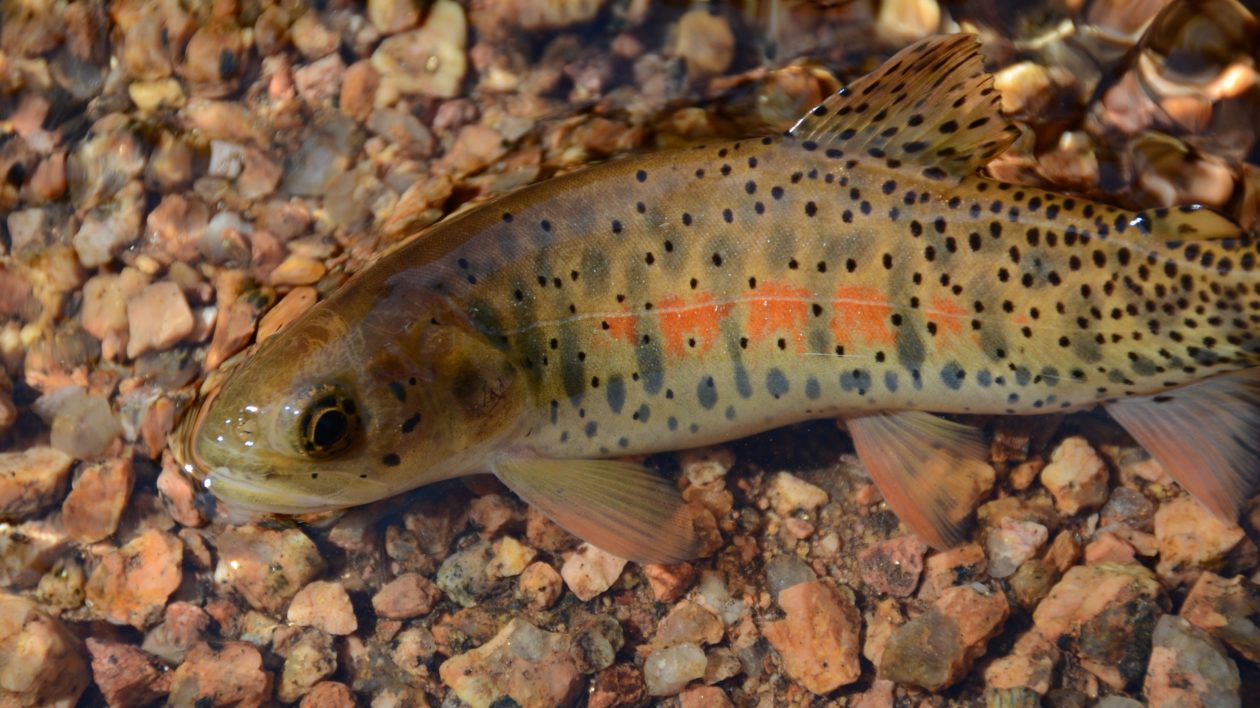
This also applies to catching greenback cutthroat trout, another species declared extinct but then rediscovered. Now, managing agencies allow anglers to participate in catch-and-release fishing for them in select streams where they’ve been reintroduced. Encountering a once “extinct” species, they believe, builds support for conservation. (I agree and would like to see similar programs for other overlooked, endangered fish).
I count among these “hopeful conservation tourism” sightings such creatures as bonteboks, a South African antelope reduced to 18 animals and seemingly doomed when someone figured out they couldn’t hop fences – and created a national park to save them. And I consider places too: like The Nature Conservancy’s Emiquon Preserve, wetlands lost “forever” to cornfields until the Conservancy restored the floodplain. I saw my first American bittern there, a cool bird in its own right but all the better because it was in a now-wild and reedy place that was once considered gone.
At the time of my birth, seeing these creatures and places would not have been possible. Amidst all the gloomy news and stories of loss, it’s important to remember: There are creatures – wonders – that you can see now that you would have been unlikely to see 50 years ago.
And so it is with California condors.
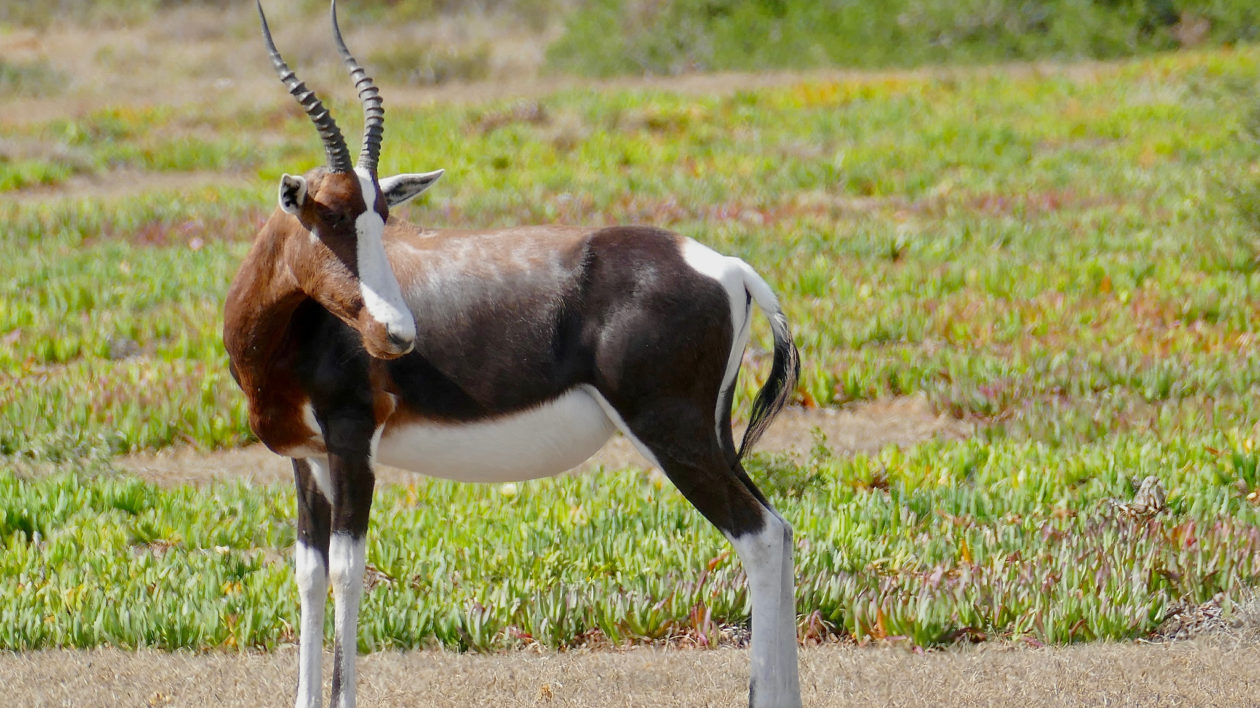
Derek and I rushed back, as Jen pointed to the canyon wall. My mother-in-law, Connie, had noticed a huge black form – no vulture, this – overhead. It undoubtedly was the same shadow we had seen. It landed, revealing its large red head and a numbered wing (all condors have a prominent wing band for tracking).
We were rewarded with minutes of smashing views as the condor shifted from position to position on the canyon wall. It was most impressive in flight, as this bird has the longest wingspan of any in North America. Finally, it lifted off from the canyon and over our heads, circling up into the sky and out of sight.
I imagine some competitive birders and wilderness purists might argue whether a carefully managed, numbered condor “counts.” But I don’t care about their lists or their wildness standards. Condors have a future, dammit. Yes, there are uphill battles to be fought. But the challenges are fixable. I know well the politics around lead ammunition, but this is not an unsolvable problem.
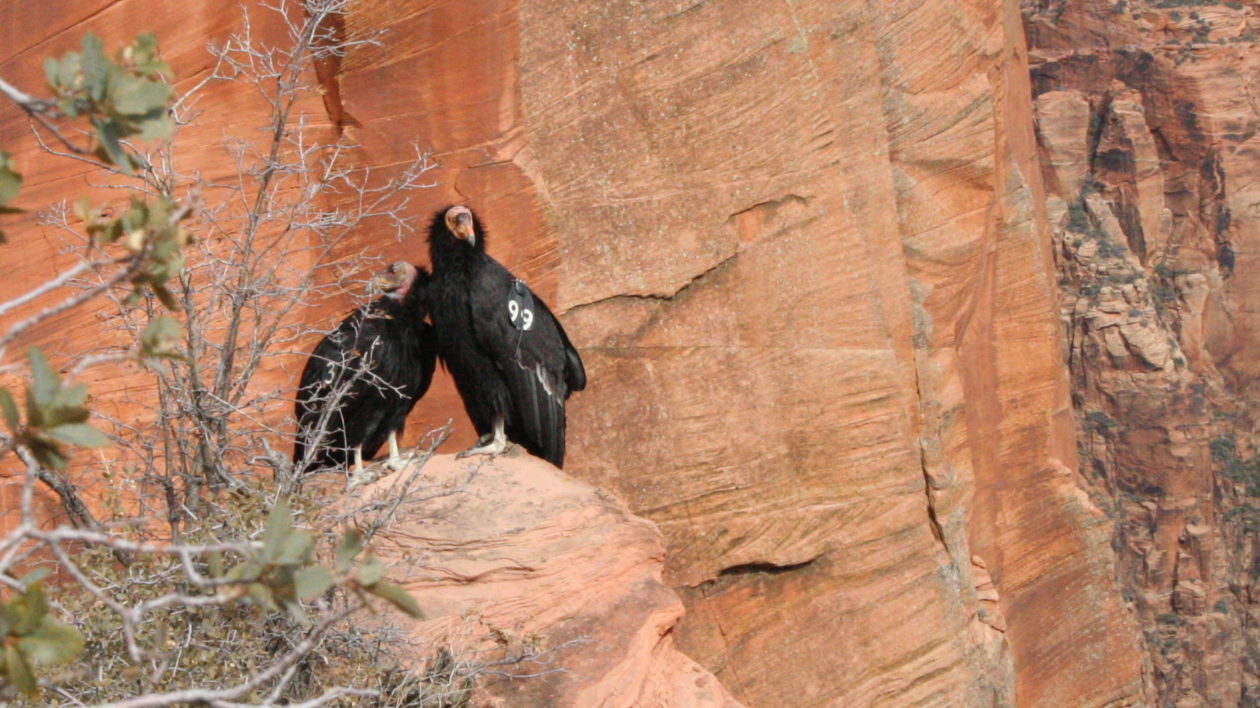
And the condors are here. You can see one in a number of popular U.S. national parks. You don’t have to rush to see them before they’re gone. They’re here now, and a lot more of them than in the 1980s.
The conservationist Aldo Leopold famously wrote, “One of the penalties of an ecological education is that one lives alone in a world of wounds.” This is true. I feel it to my core. Paying attention to the natural world inevitably leads to loss and grief.
But don’t forget this: We also live in a world of recoveries. A world where black-footed ferrets and bonteboks and greenback cutthroat trout have returned. A world where California condors still soar.
I picture my son, peering through binoculars at a bird on a cliff, then putting them down to better enjoy the condor as it flies over us. “Whoa,” he whispers, “They are awesome.” He will always know this. What he doesn’t know is that, a few decades ago, most people grieved for kids like him who would never, ever have the chance to see a wild condor. How wrong they were.





